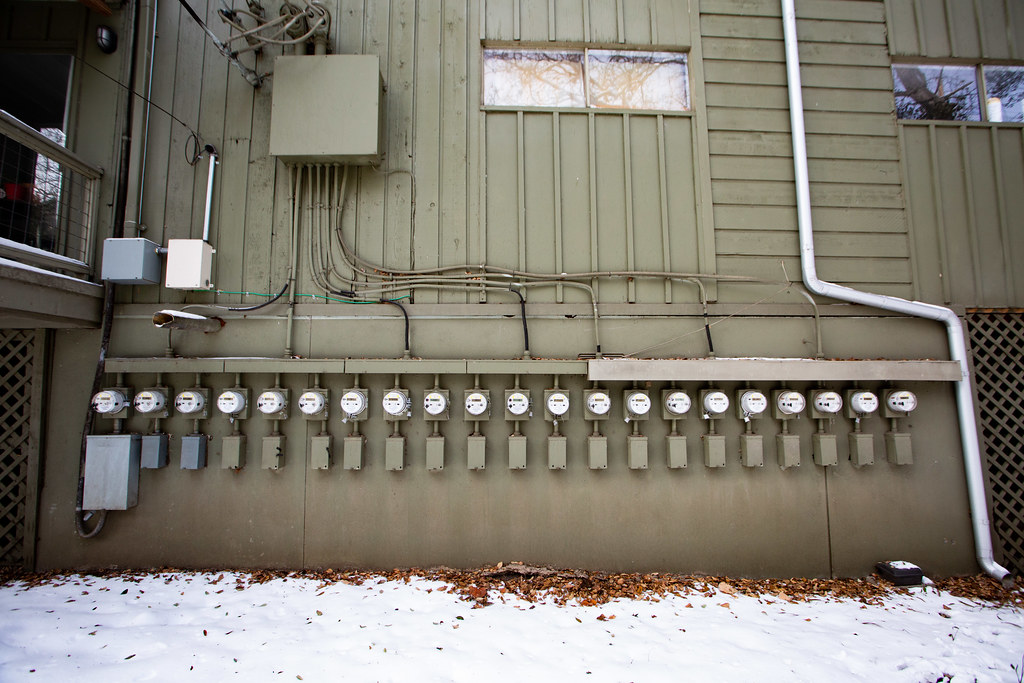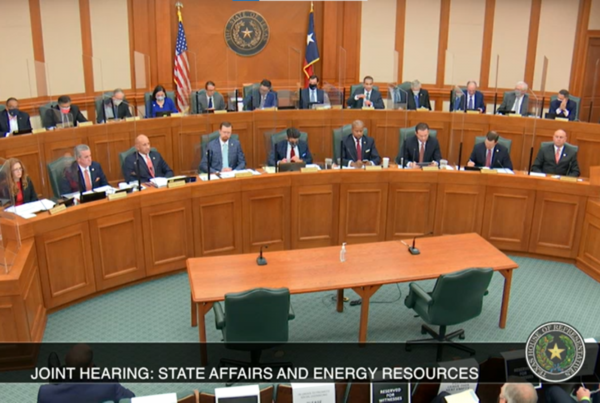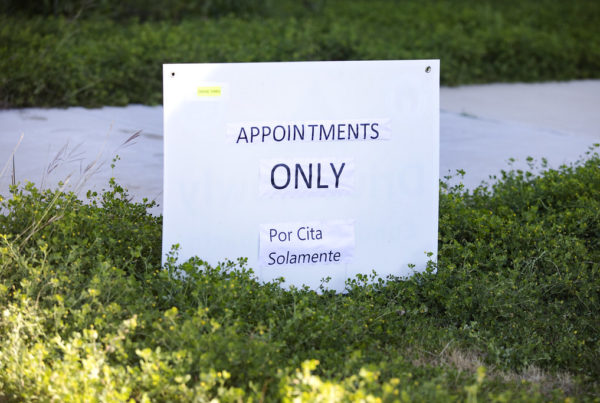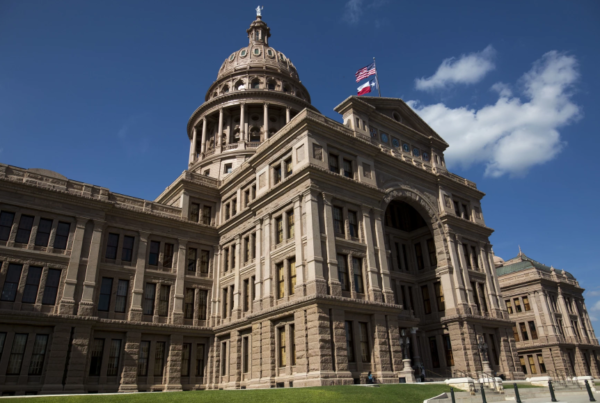The rationale for Texas’ unique approach to energy markets and regulation has been that it is good for consumers, keeping prices low. But a new analysis of data by The Wall Street Journal suggests that the central proposition behind its deregulated grid doesn’t withstand closer scrutiny.
Scott Patterson, a reporter for the Journal, told Texas Standard that the justification for deregulating the consumer energy sector in 1999 was that consumers would pay lower prices and have more choice. Patterson and his colleagues looked at data from the Energy Information Administration, or EIA, to see whether Texans had indeed paid lower energy rates since deregulation.
“We looked over a couple of decades of data, looked at every year, and compared what people were paying in the deregulated parts of Texas to other parts of the state that have maintained their traditional utilities,” Patterson said.
They found that Texans in deregulated areas paid $28 billion more for energy than those with traditional energy providers.
Patterson says it isn’t clear that Texans would have saved the full $28 billion had power delivery remained regulated. But the cost to consumers still would have been less, he says.
“The way that people in deregulated parts of Texas get their energy is that they buy it from these so-called retail electricity providers,” Patterson said. “And they all compete against one another to supply electricity to consumers. And it appears that there’s a pattern of over-charging some customers.”
To keep bills down, customers need to monitor their bills closely and be ready to switch providers if costs increase. But Patterson say that’s not how customers typically behave.
“People sign up for a plan, they put it on autopay, and they just don’t pay attention to it,” he said.
Variable rates are a feature of deregulated energy billing that causes prices to rise for customers, as it did during last week’s historic winter storm when shortages of power caused its price to balloon. Some companies charge customers a flat rate to start then institute variable pricing that gradually changes customers’ rates, whether they realize it or not.
















